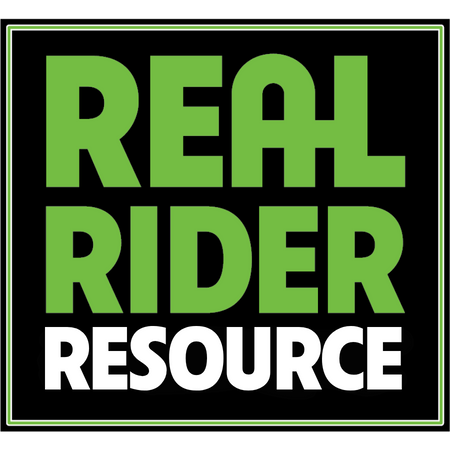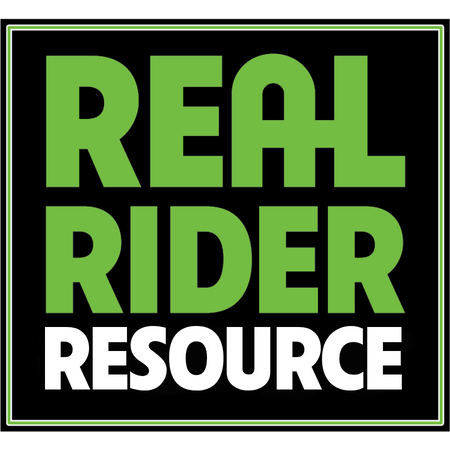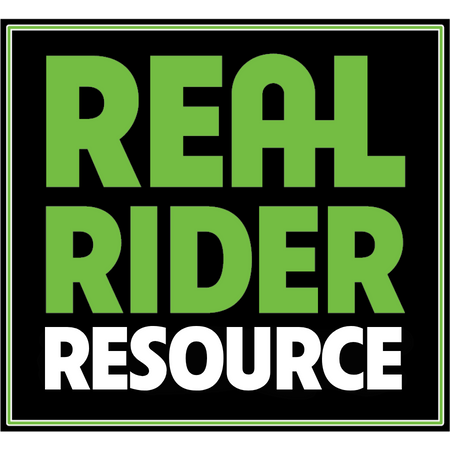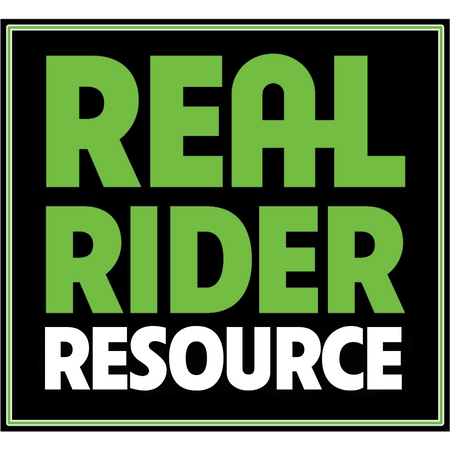Exertional Rhabdomyolysis (Tying-Up) in Horses: Causes, Symptoms, Prevention & Treatment
ER strikes when working muscle breaks down. Here’s the rider-first playbook—how it happens, who’s at risk, what to do in the moment, and how to prevent repeats with smart conditioning, low-starch nutrition, and sugar-free hydration.
Physiology: What’s Happening in the Muscle
In ER, working muscle fibers can’t manage energy and calcium flux demands. The contract-relax cycle stalls, fibers are damaged, and cell contents such as CK/AST enzymes and myoglobin leak into blood and urine (hence dark urine). ER can be:
- Sporadic ER — a one-off episode tied to a specific trigger (electrolyte loss, overexertion, heat, diet mishap).
- Recurrent ER — a tendency to repeat, often with high-strung TBs/STBs (RER phenotype).
- PSSM-associated ER — genetic glycogen-storage variants (e.g., GYS1 PSSM-1) predispose to tying-up without careful diet and work management.
Who’s at Risk & Common Triggers
Risk Profiles
- Electrolyte & fluid deficits (hot, humid, long efforts)
- High-starch, low-fat diets—especially in predisposed horses
- Nervous or excitable temperaments; sudden schedule changes
- Inadequate conditioning or “weekend warrior” workloads
- Genetics: PSSM variants (often stock breeds), RER tendency (TB/STB)
Common Triggers
- Hard work after days off; cold-backed start without warm-up
- Electrolyte loss without replacement; dehydration
- High-sugar feeds before work; abrupt diet shifts
- Stress, heat, transport, or illness
Early Recognition & Emergency Response
- Watch for: painful cramps/stiffness (often hindquarters), shortened stride, sweating, tachycardia, anxiety, reluctance to move; dark urine = red-flag
- Stop work immediately. Keep the horse still and calm; do not force walking. Shade, water, and ventilation help.
- Call your veterinarian. Follow guidance on anti-inflammatories/sedation/fluids. Do not trailer until cleared.
- Testing: blood CK/AST, urinalysis for myoglobin, and in recurrent cases PSSM/RER workups and diet review.
Do/Don’t Do keep the horse quiet and comfortable. Don’t massage or exercise an acutely tying-up horse—wait for veterinary direction.
Prevention: Training, Diet & Hydration
Conditioning & Routine
- Consistent, incremental workload; limit big jumps after days off
- 10–15 minute warm-ups; gradual cool-downs with purposeful walking
- Daily turnout to promote steady, low-level movement
Nutrition
- Low-starch / higher-fat rations for predisposed horses (per vet/nutritionist)
- Adequate vitamin E/selenium if deficient; balanced minerals
- Keep meal timing consistent; avoid high-sugar pre-work feeds
Hydration Without Sugar
Replace sweat losses without adding carbohydrates that can complicate metabolic control:
Hydro-Lyte™ is a sugar-free electrolyte riders use for training blocks, heat, and travel.
- Offer clean water at all times; flavor consistently if needed on the road
- Plan electrolyte use around work and weather; follow label guidance
Long-Term Management & Recovery Support
Rebuild the Engine
- Vet-guided return to work once enzymes normalize
- Short, frequent sessions; add intervals gradually
- Track episodes, diet, workload, and weather in a simple log
Comfort That’s Show-Smart
In recovery phases, use sensation-free topicals to keep work comfortable:
- Draw It Out® 16oz High Potency Gel
- MasterMudd™ EquiBrace for massage-in, targeted soft-tissue support
Topicals don’t treat ER; they support comfort while your vet’s plan addresses root causes.
ER — FAQ
How is ER confirmed?
By history and exam plus bloodwork (elevated CK/AST). Urinalysis can detect myoglobin. Recurrent cases may warrant genetic testing and ration analysis.
Should I walk a horse that’s tying-up?
No. Keep the horse still and calm, and call your veterinarian. Forced movement can worsen muscle damage.
What diet works for PSSM-prone horses?
Typically low-starch, higher-fat rations with balanced minerals and adequate vitamin E—tailored by your vet/nutritionist. Consistent daily turnout and workload are key.
Where do electrolytes fit in?
They’re central for sweat replacement, especially in heat or heavy work. Choose sugar-free Hydro-Lyte™ to avoid adding unnecessary carbohydrates.
When can I use liniments?
Not during the acute episode. After your vet clears movement, sensation-free options like Draw It Out® gel and MasterMudd™ can support post-work comfort.
Educational note: This article provides general information and is not a substitute for veterinary diagnosis or treatment. Always follow your veterinarian’s guidance for emergencies and long-term management.










